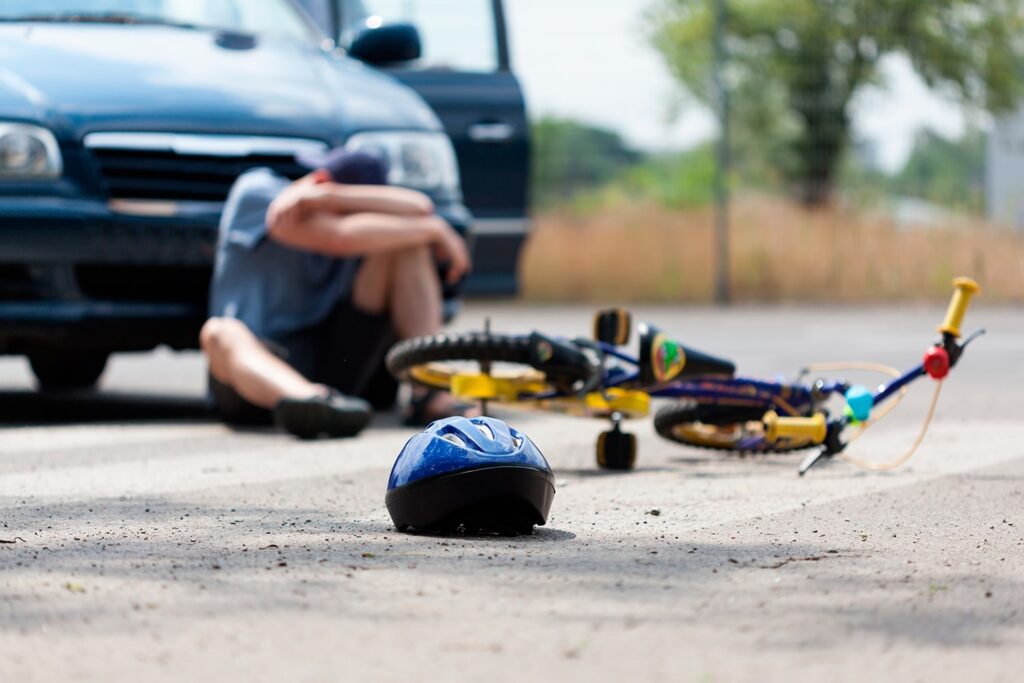Bicycle Accidents
Cycling is an enjoyable and eco-friendly mode of transportation that promotes a healthy lifestyle. However, it also comes with risks, particularly when sharing the road with motor vehicles. Understanding bicycle accident statistics and following essential safety tips can significantly reduce these risks. Here, we delve into some crucial statistics and provide practical safety tips for cyclists to ensure a safer riding experience.
Bicycle Accident Statistics
- Frequency of Accidents
According to the National Highway Traffic Safety Administration (NHTSA), there were 846 cyclists killed in traffic crashes in the United States in 2019. This represents a slight increase from previous years, highlighting the ongoing risk that cyclists face on the road. - Common Causes of Bicycle Accidents
The most common causes of bicycle accidents include collisions with motor vehicles, poor road conditions, and rider errors. Intersections are particularly dangerous, accounting for a significant number of crashes. Distracted driving, speeding, and failure to yield are frequent contributing factors on the part of motorists. - Time and Location
Bicycle accidents are more likely to occur in urban areas where there is higher traffic density. Statistics show that most accidents happen between 6 p.m. and 9 p.m., when visibility is reduced, and there is a mix of commuting traffic. Weekdays see more accidents than weekends, correlating with the times people are commuting to and from work or school. - Age and Gender
Data indicates that males are more likely to be involved in bicycle accidents than females, with men accounting for 87% of cyclist fatalities. Children and young adults (ages 10-24) also have a higher incidence of bicycle-related injuries, often due to inexperience and riskier riding behavior. - Helmet Use
Helmet use is a critical factor in reducing the severity of injuries in bicycle accidents. Studies show that helmeted cyclists have a significantly lower risk of head injuries. Despite this, a considerable number of cyclists still do not wear helmets regularly, increasing their vulnerability in crashes.
Safety Tips For Cyclists
- Wear a Helmet
Always wear a properly fitted helmet when riding. Helmets are the most effective way to protect your head in the event of a crash. Ensure that the helmet meets safety standards and is securely fastened. - Be Visible
Increase your visibility to motorists by wearing bright, reflective clothing and using lights on your bicycle. Equip your bike with a white front light and a red rear light, especially if riding at dawn, dusk, or night. Reflective tape and accessories can also enhance visibility. - Follow Traffic Laws
Obey all traffic signs, signals, and road markings. Ride in the same direction as traffic and use designated bike lanes where available. Signal your turns and stops clearly to inform other road users of your intentions. - Stay Alert
Pay attention to your surroundings and anticipate potential hazards. Avoid distractions such as using a phone or listening to music with headphones. Watch for opening car doors, pedestrians, and other cyclists. - Ride Predictably
Maintain a straight line and avoid weaving between cars. Use hand signals to indicate your intentions to turn or stop. Making your movements predictable helps drivers understand what you are doing and reduces the risk of collisions. - Check Your Bike
Regularly inspect your bicycle to ensure it is in good working condition. Check the brakes, tires, and chain before each ride. Proper maintenance can prevent mechanical failures that might lead to accidents. - Use Bike Lanes Safely
Use bike lanes whenever possible, but remain cautious. Be aware of cars entering and exiting driveways or parking spaces. Even in bike lanes, you need to be vigilant and prepared for unexpected movements from other road users. - Avoid Blind Spots
Be mindful of vehicle blind spots, particularly around larger vehicles like trucks and buses. Avoid riding alongside these vehicles where the driver might not see you. If you can’t see the driver’s mirrors, they likely can’t see you. - Stay Sober
Never ride a bicycle under the influence of alcohol or drugs. Impairment can significantly reduce your reaction times and judgment, increasing the likelihood of an accident. - Plan Your Route
Choose routes with less traffic and slower speeds. If possible, opt for bike paths or streets with dedicated bike lanes. Planning your route can help you avoid dangerous areas and ensure a more pleasant ride.
If you have been involved in a bicycle accident then consider reaching out to a bicycle accident lawyer from a firm like Kiefer & Kiefer.
